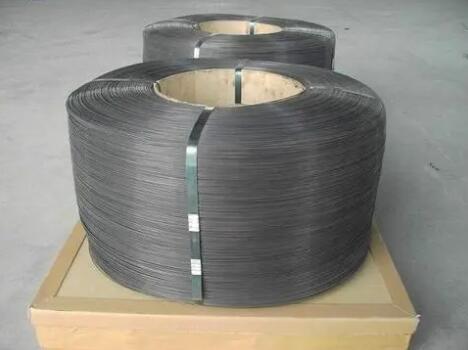Understanding the Price of Stainless Steel Perforated Sheets
Stainless steel perforated sheets are an essential material used in various industries due to their versatility, durability, and aesthetic appeal. These sheets, which are metal plates with uniformly spaced holes, serve a multitude of purposes, from filtration to decorative applications. As demand for stainless steel perforated sheets continues to grow, understanding their pricing becomes crucial for businesses and consumers alike.
The price of stainless steel perforated sheets can vary significantly based on several factors. One of the primary considerations is the type of stainless steel used. Common grades, such as 304 and 316, have different properties and price points. Grade 304 is the most widely used type due to its excellent corrosion resistance and good weldability, making it a popular choice for general applications. On the other hand, grade 316 offers superior resistance to corrosive environments, often seen in marine and chemical processing applications, which can lead to a higher price.
The thickness of the sheet also influences the cost. Thicker sheets generally require more raw materials and processing effort, resulting in higher prices. Additionally, the size of the sheet can impact the overall cost, with larger sheets often being more economical in bulk but potentially more expensive when ordered in smaller sizes.
Perforation patterns are another factor affecting pricing. Custom designs with unique hole sizes, shapes, and arrangements typically incur additional manufacturing costs. Standard patterns tend to be more cost-effective, while bespoke designs cater to specific needs in architectural projects or specialized industrial applications.
stainless steel perforated sheet price

In addition to material and fabrication variables, market dynamics play a crucial role in determining prices. Stainless steel is influenced by global commodity markets, where fluctuations in raw materials, such as nickel and molybdenum, can lead to price changes. Supply chain issues can also affect availability and pricing, especially during periods of increased demand or disruptions in manufacturing.
Region and supplier selection further influence pricing. Local suppliers may offer more competitive rates due to lower shipping costs and quicker delivery times. However, when sourcing from international suppliers, additional costs such as import tariffs and longer lead times may contribute to higher prices.
It’s also essential to account for the intended use of the stainless steel perforated sheets. Industries like construction, food and beverage, and HVAC have different requirements that can lead to variations in pricing. For instance, perforated sheets used in food processing may need to comply with strict hygiene standards, possibly increasing their production costs.
In conclusion, understanding the pricing of stainless steel perforated sheets involves considering various factors, including material grade, thickness, size, perforation pattern, and market conditions. Businesses and consumers should carefully assess their needs and conduct thorough market research to ensure they receive fair pricing for their specific applications. By doing so, they can make informed decisions that balance quality and cost, ultimately maximizing the value of their investment in stainless steel perforated sheets.

















